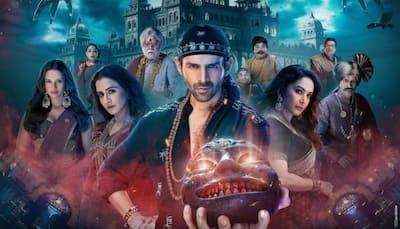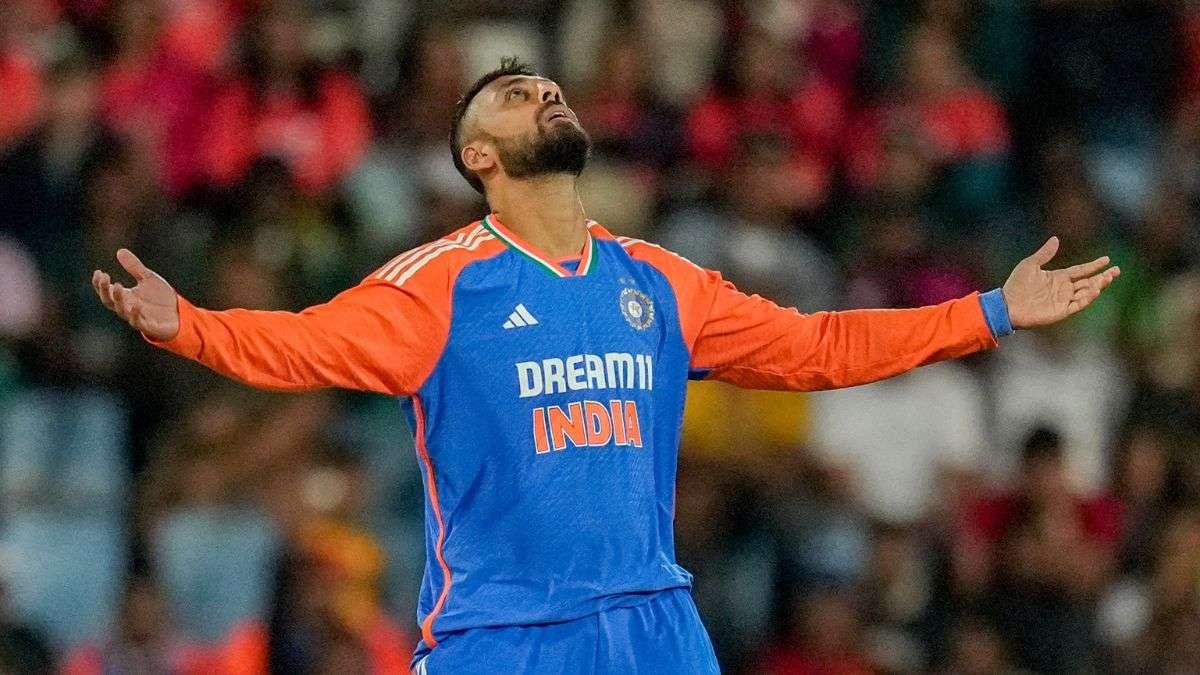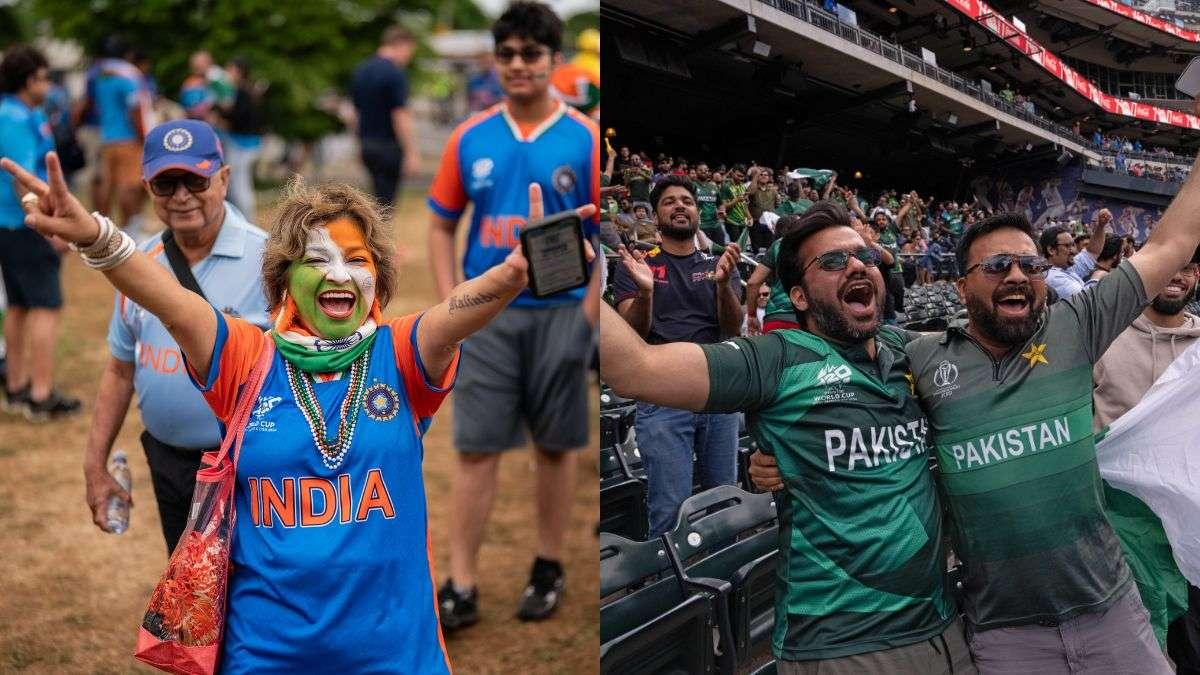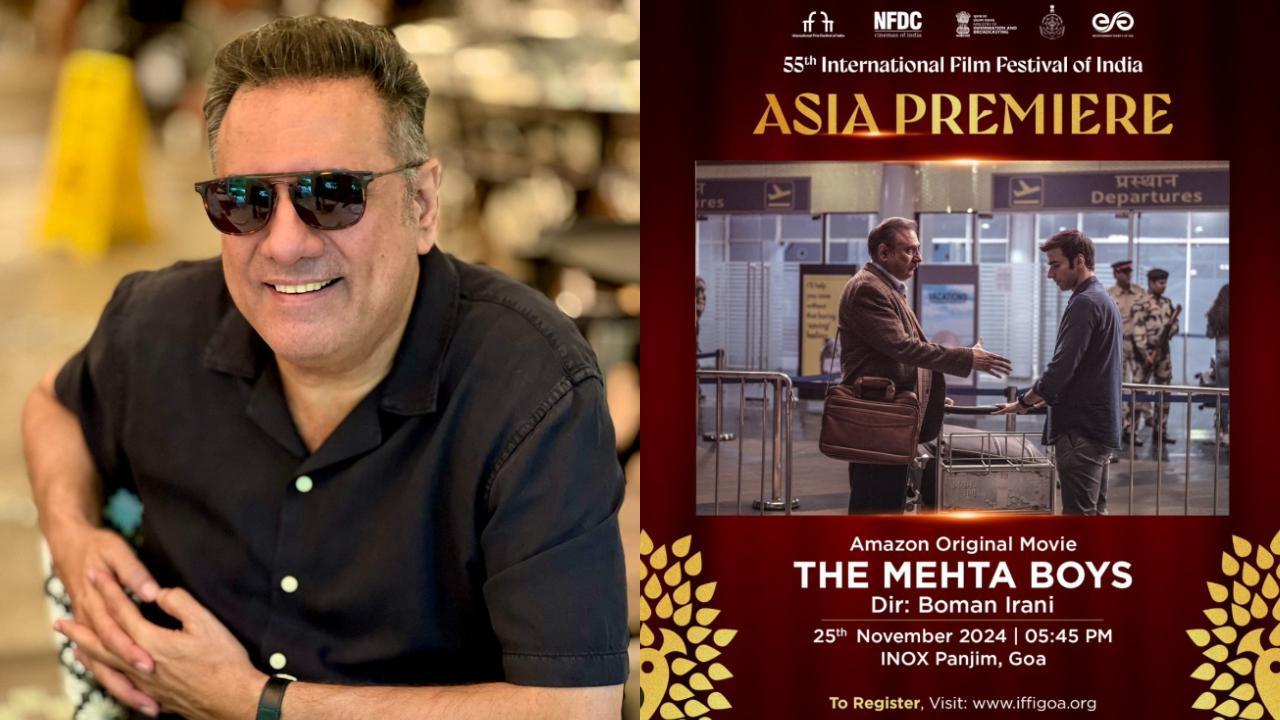
In the realm of Carnatic music, the powerful and poignant sound of the nagaswaram holds a place of reverence and tradition. A recent concert exemplified this beautifully, featuring the seasoned artistry of the veteran nagaswaram player Vyasarpadi G. Kothandaraman, alongside his adept disciples, Tirupati B. Kesanna and Chittoor R. Devarajulu. Kothandaraman, known for his unwavering commitment to classical rigor, demonstrated why he is considered a formidable presence in traditional South Indian music.
The recital commenced with a vibrant rendition of Tyagaraja’s ‘Janaki Ramana’ in Shuddha Seemanthini, setting an energetic tone for the evening. Flawless coordination among the trio was evident from the onset, as they engaged in swift swara exchanges during ‘Rakta nalina’. This was succeeded by the rendition of Poochi Srinivasa Iyengar’s ‘Saraguna paalimpa’ in Kedaragowla, where nuanced long phrases woven into the fabric of the composition emphasized the unique tonal qualities of the nagaswaram.
Further continuing their musical exploration, the ensemble presented ‘Paraloka bhayamu’ in Mandari with an alapana that shone for its articulate clarity and fervent devotion. The raga Begada, traditionally favored by nagaswaram artists for its rich melodic potential, was chosen for a delightfully intricate alapana, leading into Papanasam Sivan’s less-known composition ‘Bhuvaneshwari padam ninaindu.’ The repertoire piqued the curiosity of the seasoned listener, keeping many in the audience engaged as they anticipated each musical phrase.
The evening’s centerpiece was ‘Janani Ninuvina’ in Reethigowlai, which featured an engaging swarakalpana section. However, it wasn’t just the nagaswaram that captured the audience’s hearts. The thani avarthanam, or solo improvisational segment, drew thunderous applause as Tirupungur T. G. Muthukumaraswamy and Adyar D Senthil Kumar, both phenoms on the thavil, engaged in an enthralling duel that lasted over 20 minutes, showcasing the remarkable versatility and depth of the percussion instrument.
Not to be outdone, another spectacular performance graced the stage with the Bangalore-based duo, S. P. Palanivel and Prabhavathi Palanivel. Both are highly decorated and A-graded AIR artists, and their expertise with the nagaswaram was more than apparent. Their recital began with the melodic strains of Hamsadhwani, ‘Varanamukhava’, which intriguingly featured the rettai-nagaswaram setup—an arrangement that allows the players to alternate with each cycle of the composition.
The Palanivels’ repertoire included Tyagaraja’s ‘Nadopasana’ and Purandaradasa’s ‘Narayana ninna’ in Suddha Danyasi, pieces well-known and dear to the audience’s hearts. This selection was a strategic move, considering the smaller crowds that instrumental concerts generally attract compared to their vocal counterparts. They also performed the rare composition ‘Vandeham shive’ set in Kathanakuthuhalam.
The highlight of their performance was an expansive alapana of Shanmukhapriya, a choice that paid homage to the history of nagaswaram artists who have traditionally excelled in this raga. The main piece was Papanasam Sivan’s ‘Parvati nayakane’, followed by an energetic but brief percussion duet by Velliambakkam V. M. Ganapathi and Bikkampatti B. R. Venkatesh on the thavil. Their performance was rounded off with a lively thillana in Dwijavanthi, concluding an evening that demonstrated the enduring power and beauty of nagaswaram music.
The performances were a testament to the musical majesty of the nagaswaram, an instrument that so distinctly captures the essence of South Indian classical music. Each concert was a reminder that traditional music remains fresh and exciting in the hands of masters like Kothandaraman and the Palanivels, and their capable disciples, who bridge timeless tradition with their vibrant imagination and technical prowess.










